What is a Solids Control System Mud Cleaner?
May 12, 2025
In the energy extraction sectors such as oil and gas, the solids control system plays a crucial and indispensable role. As an essential piece of equipment within the solids control system, the mud cleaner is of great significance for the purification treatment of drilling mud.
I. Main Functions of the Mud Cleaner in the Solids Control System
The solids control system mud cleaner is primarily responsible for the fine-grained treatment of drilling mud, further separating and removing solid particles of different sizes. The specific functions are as follows:
1.Desanding
When the drilling mud enters the mud cleaner during the treatment process, it first passes through the desanding hydrocyclones. These hydrocyclones utilize centrifugal force to separate relatively large-sized sand particles (typically larger than 74 microns) from the mud. This separation process helps prevent the sand particles from causing abrasion to drilling equipment, such as the mud pump pistons and mud pump liners and the nozzles of drill bits, thereby extending the service life of the equipment. Additionally, it avoids the sedimentation of sand particles in the mud circulation system, which could otherwise affect the normal circulation of the mud. The separated sand particles are discharged from the underflow port of the hydrocyclone, while the mud containing finer particles flows out from the overflow port and enters the desilting hydrocyclones.
2.Desilting
The desilting hydrocyclones further process the mud that overflows from the desander hydrocyclones, separating the mud particles with a size ranging from 15 to 74 microns. Removing these mud particles can improve the rheological properties of the mud, reducing its viscosity and shear force, so that it can better meet the technological requirements during the drilling process. For example, it enhances the mud's ability to carry cuttings and its fluidity in the wellbore. Similarly, the underflow of the desilting hydrocyclones discharges the mud particles, and the relatively clean mud that overflows flows to the shale shaker at the bottom.
3.Fine Screening
The shale shaker performs the final fine-grained treatment on the mud that overflows from the desander and desilter hydrocyclones. Through the vibrating screening method, the remaining fine particles are separated from the mud, resulting in relatively pure mud. Providing high-quality mud for drilling operations helps improve drilling efficiency and reduces the occurrence of complex downhole situations.
Ⅱ. Detailed Introduction to the Mud Cleaner in the Solids Control System
The mud cleaner is a key device to ensure the performance of drilling mud and the smooth progress of drilling operations. The following is a detailed introduction to various aspects of it:
1.Structure
Vibrating Screen Component
Screen Box: As the main supporting structure of the vibrating screen, it is usually welded by high - quality steel, with sufficient strength and stiffness to withstand the impact and vibration of the mud. Its design takes into account the convenience of installation, maintenance, and replacement of internal components.
Screen Mesh For Shale Shaker And Mud Cleaner: It is the key component for solid-liquid separation and is generally woven from materials such as stainless steel wire or synthetic fiber. According to the size distribution of solid particles in the drilling mud, screen meshes with different mesh numbers can be selected. The common mesh number ranges from 40 mesh to 325 mesh. Fine - mesh screens are used to separate smaller particles, while coarse - mesh screens are used for the preliminary separation of larger particles.
Vibrating Motor: It provides power for the vibrating screen and generates high - frequency vibration through the rotation of the eccentric block. The parameters of the vibrating motor can be adjusted according to the size, weight of the screen box, and the mud treatment capacity to ensure that the screen mesh can generate appropriate vibration intensity and frequency, enabling efficient solid - liquid separation of the mud on the screen mesh.
Hydrocyclone Component
Feed Pipe: Located at the upper part of the hydrocyclone, the mud enters the hydrocyclone tangentially through the feed pipe at a certain speed and angle, forming a high-speed rotating flow field inside the hydrocyclone. The design of the feed pipe should ensure that the mud can enter the hydrocyclone uniformly and stably, avoiding the occurrence of flow deviation or eddy current.
Cylindrical Section: It is one of the main working areas of the hydrocyclone. The mud starts to form a rotating motion in the cylindrical section, and the centrifugal force causes the solid particles to move towards the wall of the hydrocyclone. The diameter and height of the cylindrical section determine the processing capacity and separation effect of the hydrocyclone. Larger diameter and height usually mean higher processing capacity and finer separation ability.
Conical Section: Connected below the cylindrical section, its taper is an important parameter affecting the separation performance of the hydrocyclone. As the diameter of the conical section gradually decreases, the rotation speed of the mud gradually increases, and the centrifugal force also increases accordingly, prompting the solid particles to gather towards the wall more effectively and move downward along the wall, and finally be discharged from the underflow port.
Overflow Pipe: Located at the center of the top of the hydrocyclone, the cleaned mud after separation forms an inner vortex and is discharged from the overflow pipe. The diameter and length of the overflow pipe will affect the overflow speed and separation effect, and need to be optimized according to the specific properties of the drilling mud and processing requirements.
Underflow Pipe: Located at the bottom of the hydrocyclone, it is used to discharge the separated solid particles. The diameter and shape of the underflow pipe will affect the discharge speed of the underflow and the discharge efficiency of the solid particles. It is usually designed in an adjustable form to adjust the flow rate and solid content of the underflow according to the actual situation.
Sand Pump Component
Pump Casing: Usually made of wear-resistant materials, such as high - chromium cast iron or ceramic composite materials, to resist the wear of solid particles in the mud. The internal structure of the pump casing is designed to guide the mud to flow smoothly into and out of the impeller, reducing hydraulic losses and the generation of eddy currents.
Sand Pump Impeller: It is the core component of the sand pump. By rotating at high speed, it generates centrifugal force to transport the mud from the suction end to the discharge end. The shape, size, and number of blades of the impeller are optimized according to the flow rate, head, and mud properties of the sand pump to improve the efficiency and wear-resistance of the pump.
Shaft Seal Device: Used to prevent mud leakage, usually in the form of mechanical seal or packing seal. The performance of the shaft seal device directly affects the operational reliability and service life of the sand pump, and regular inspection and maintenance are required to ensure good sealing effect.
Drive Motor: Provides power for the sand pump and is connected to the pump shaft through a coupling. The power of the drive motor is selected according to the working requirements of the sand pump to ensure that the sand pump can operate stably under different working conditions and provide sufficient pressure and flow to transport the mud.
2.Functions
Efficient Solid - Liquid Separation
First, through the high-frequency vibration of the vibrating screen, the preliminary separation of the larger-sized solid substances from the liquid phase in the mud is realized, and the larger-sized cuttings, sand particles, etc. are intercepted on the screen and discharged. Then, using the centrifugal force of the hydrocyclone, the mud after the preliminary separation by the vibrating screen is further finely separated. The solid particles with smaller particle sizes, such as clay particles and fine sand, are separated from the mud, so that the cleaned mud is discharged from the overflow port, and the solid particles are discharged from the underflow port.
Optimization of Mud Properties
Accurately control the solid content in the mud to keep it within a reasonable range to meet the requirements for mud properties in different drilling stages and geological conditions. Improve the rheological properties of the mud, such as reducing the viscosity and shear force of the mud, and improving its fluidity and stability, so that the mud can better carry cuttings, suspend weighting agents, and achieve efficient circulation and transportation during the drilling process.
3.Roles
Protection of Drilling Equipment
Removing the solid particles in the mud reduces the abrasiveness of the mud, reduces the wear of drilling pumps, drilling tools, valves and other equipment, extends the service life of these equipment, and reduces the frequency and cost of equipment repair and replacement. Prevent solid particles from accumulating and blocking inside the equipment, ensure the normal operation of the equipment, and reduce the interruption and delay of drilling operations caused by equipment failures.
Improvement of Drilling Quality
Clean mud can form a thin and tough mud cake on the wellbore wall, which helps to stabilize the wellbore wall, prevent downhole complex situations such as wellbore collapse and diameter shrinkage, ensure the regularity and stability of the wellbore, and provide good conditions for subsequent drilling, logging, cementing and other operations. The optimized mud properties can improve the rock-breaking efficiency of the drill bit, reduce the balling and wear of the drill bit, make the drilling process smoother, and improve the drilling speed and quality.
4.Importance in Drilling Operations
Improvement of Operational Efficiency
The mud cleaner can timely and effectively remove the solid particles in the mud, keep the mud properties stable, enable the mud to better play its roles in carrying cuttings, cooling the drill bit, lubricating the drilling tools, etc. during the drilling process, thereby reducing the number of tripping operations and drilling time, and improving the efficiency of drilling operations. Due to the reduced wear of equipment and the lower failure rate, the continuity of drilling operations is guaranteed, further improving the overall operational efficiency.
Reduction of Operational Costs
By extending the service life of drilling equipment, reducing equipment maintenance costs, and lowering the consumption of mud materials (because the mud is recycled, reducing the amount of fresh mud preparation), the mud cleaner can significantly reduce the cost of drilling operations. It reduces the discharge of waste mud, lowers the environmental protection treatment cost, and at the same time meets the environmental protection requirements, avoiding fines and other costs that may be caused by environmental pollution.
Ensurance of Operational Safety
Stable mud properties and good wellbore stability reduce the probability of safety accidents such as lost circulation, blowout, and well collapse, ensuring the safety of drilling personnel and the safe operation of equipment. The normal operation of the mud cleaner is one of the key links in the stable operation of the entire solids control system, which is crucial for maintaining the safe and efficient progress of drilling operations.
Ⅲ. Summary
The advantages of the mud cleaner are very obvious. Firstly, its compact design makes the equipment occupy a small area and can operate efficiently in a limited space, which is especially suitable for use in places with limited space such as offshore drilling platforms. Secondly, the multi - stage separation working mode can effectively remove solid particles of different sizes in the mud, improve the quality of the mud, thereby extending the service life of the mud and reducing the cost of mud use. In addition, the mud cleaner has a relatively high degree of automation and is easy to operate, capable of achieving continuous and stable operation, reducing the workload and errors of manual operation.
In practical applications, mud cleaners are widely used in onshore drilling, offshore drilling, trenchless engineering and other fields. Whether under complex geological conditions or in operations with high requirements for mud quality, the mud cleaner can play its important role in ensuring the smooth progress of drilling and other projects.
With the continuous development of technology, mud cleaners are also constantly being improved and innovated. New - type mud cleaners have made significant progress in improving separation efficiency, reducing energy consumption, and optimizing the operation interface to meet the ever - changing engineering requirements and environmental protection requirements.
Read More





 Language :
Language : English
English Русский
Русский عربي
عربي
 GET A QUOTE
GET A QUOTE

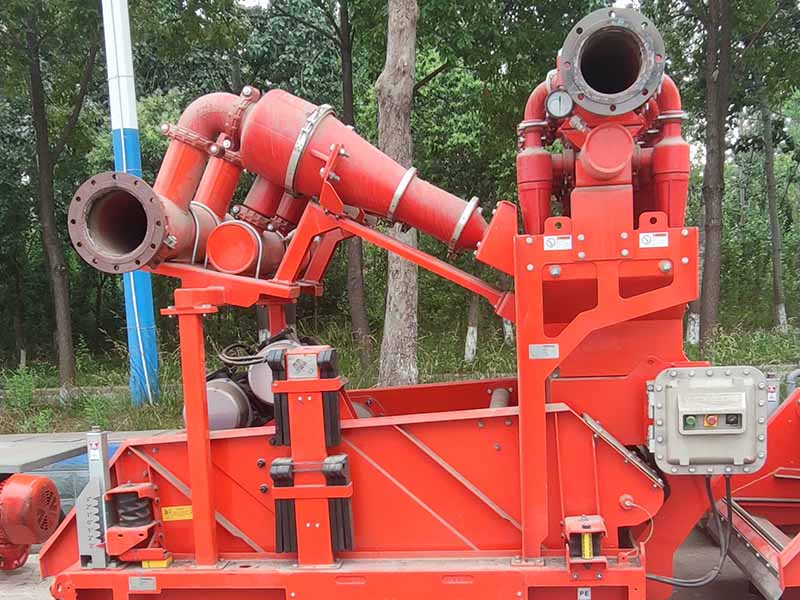
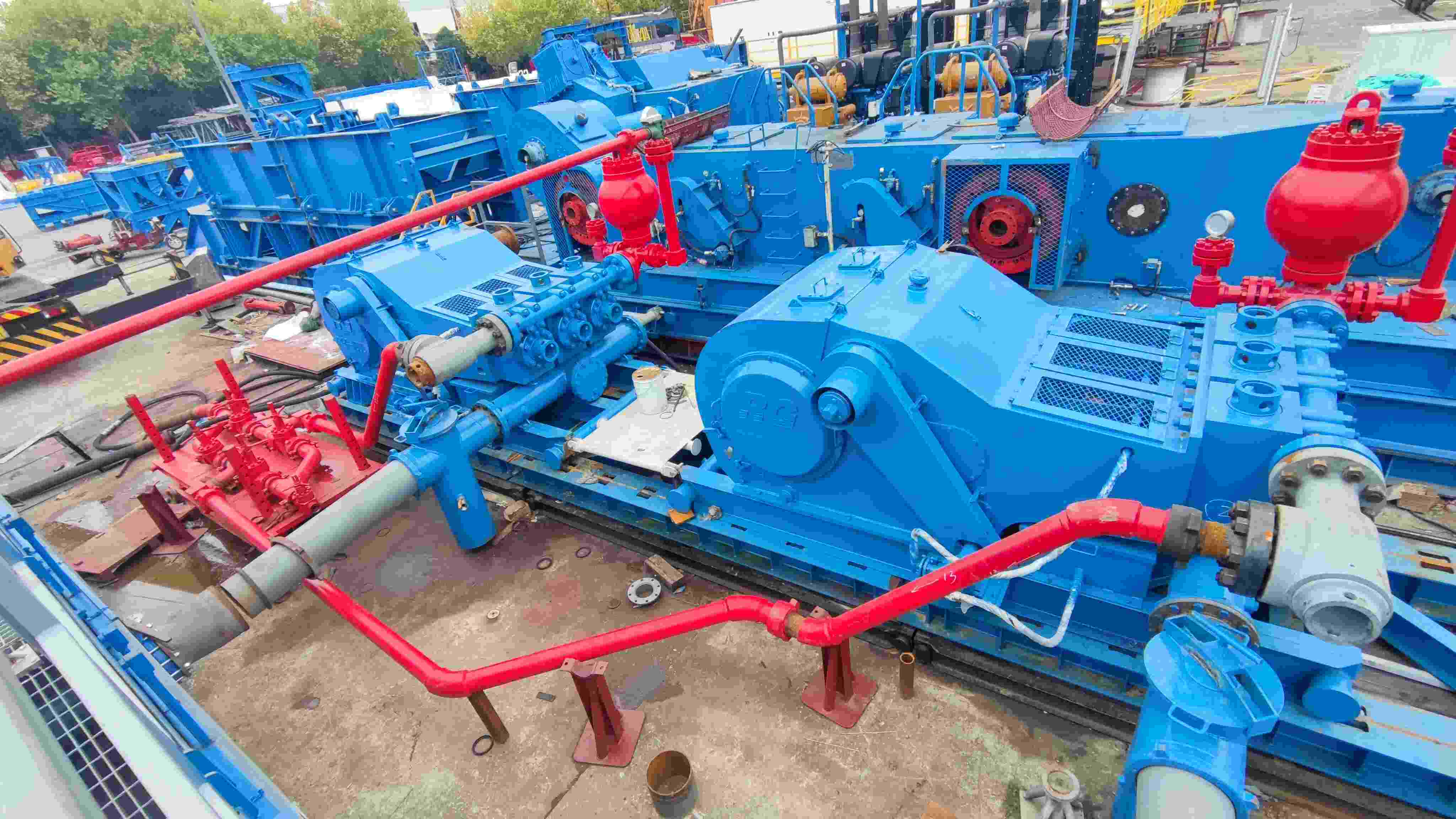
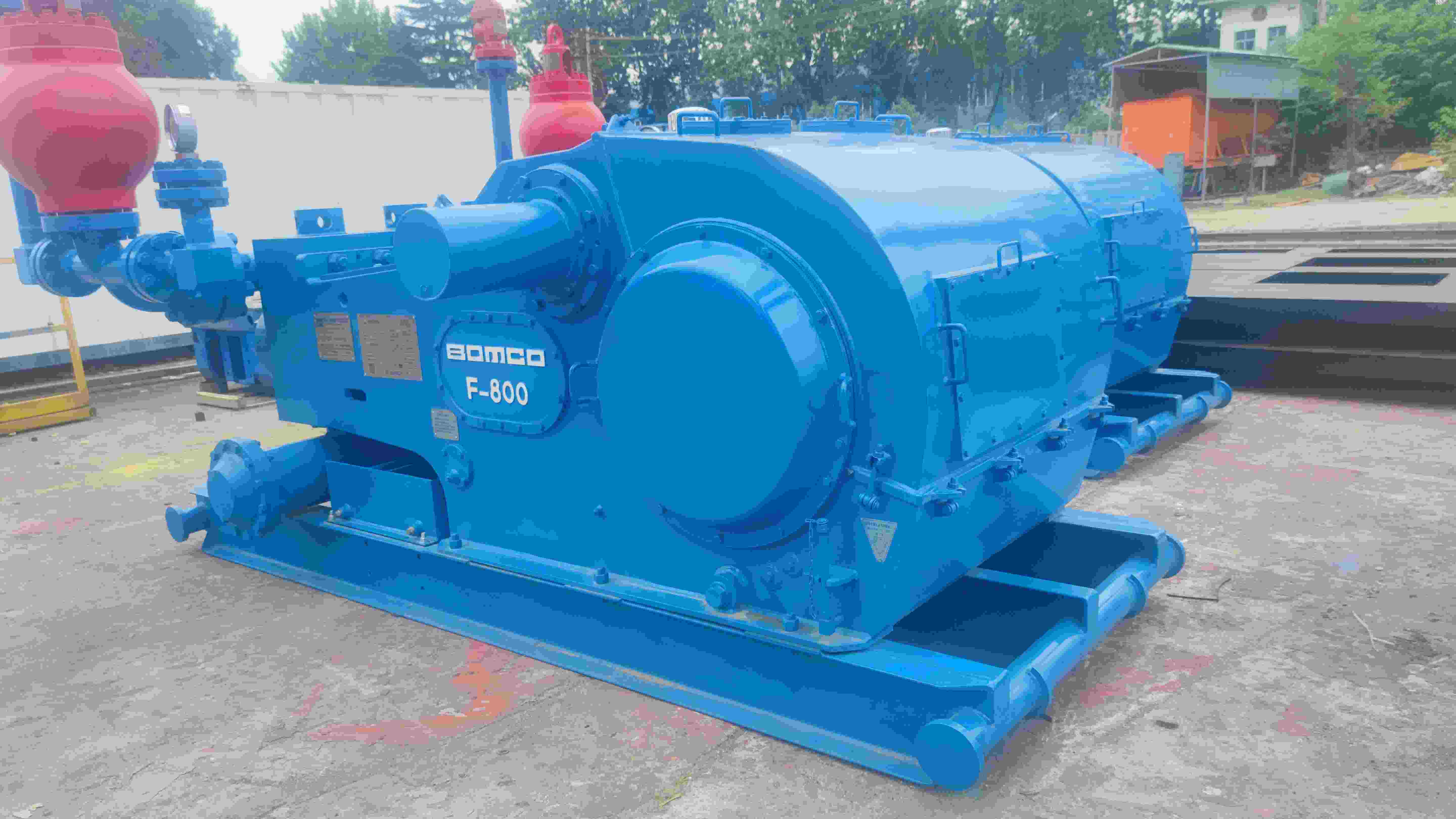
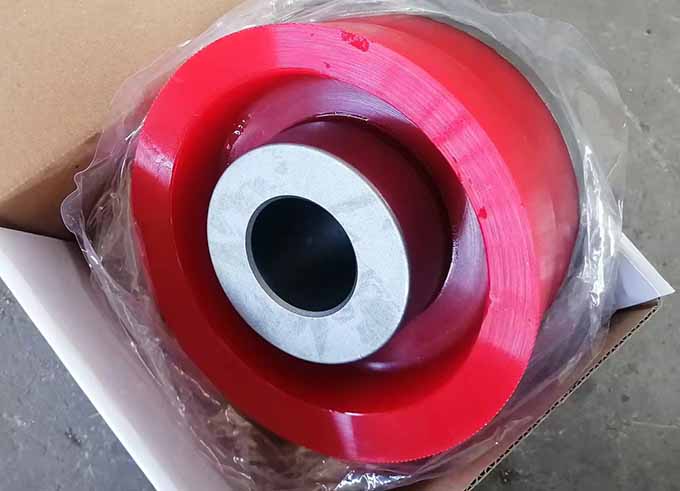
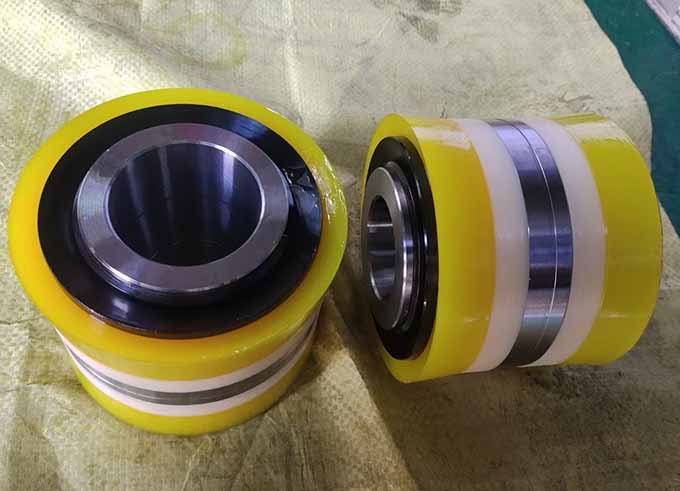
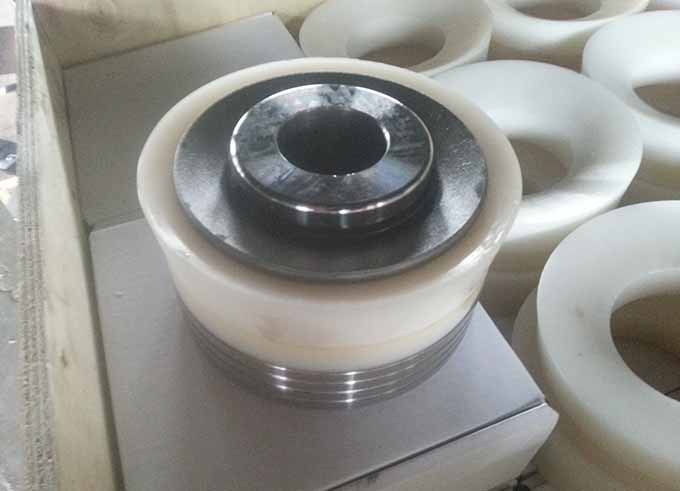
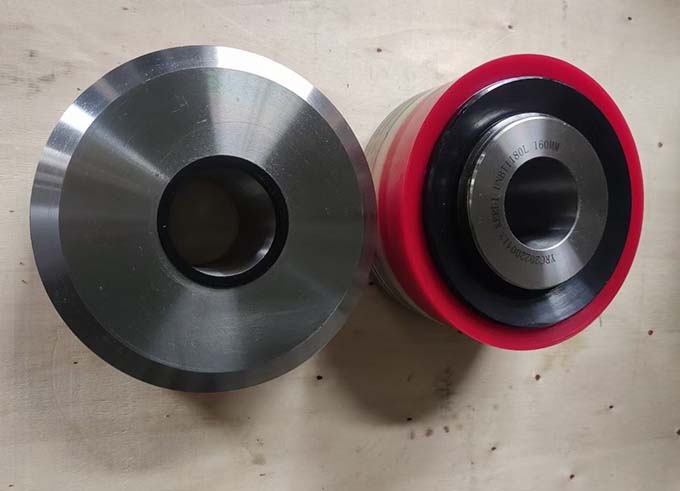
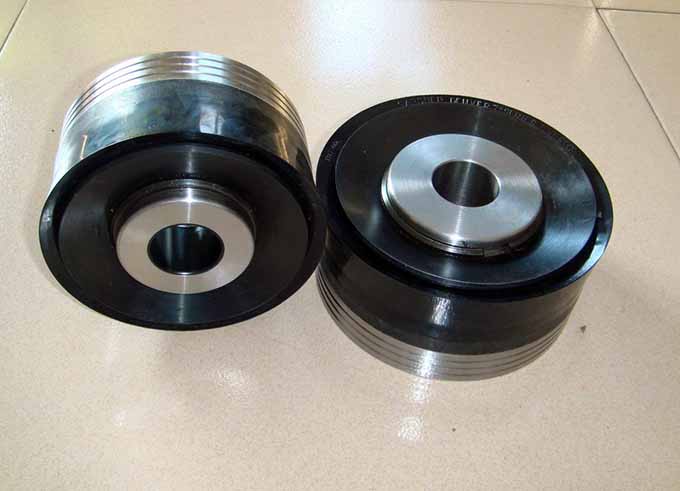
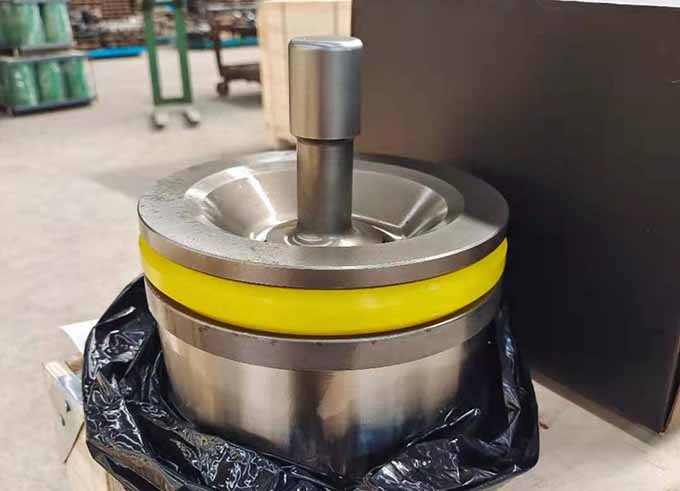
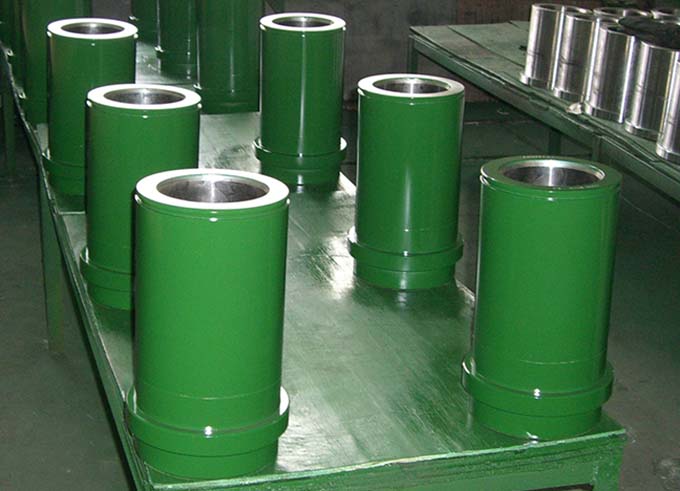
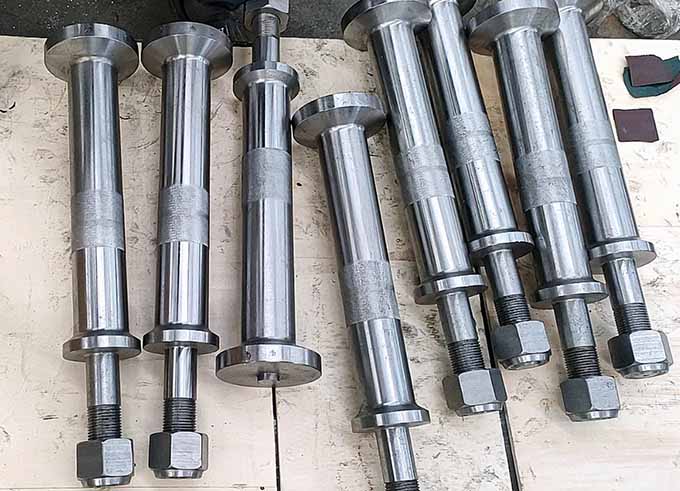
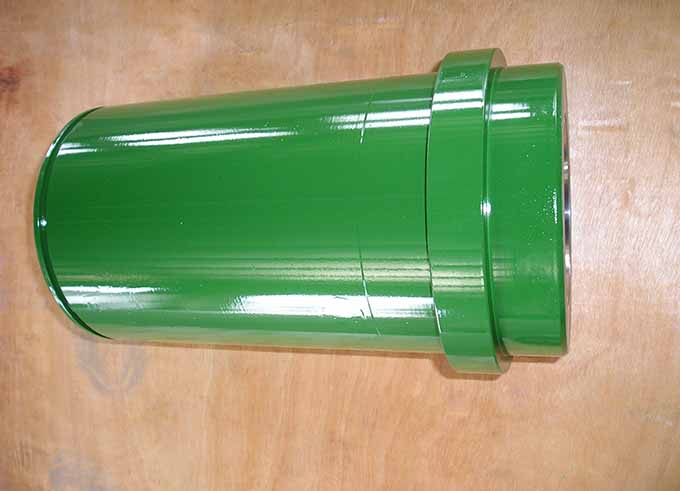

 IPv6 network supported
IPv6 network supported